How To Price Services For A Business

Imagine you're Sarah, a talented graphic designer. She's just launched her freelance business, brimming with creativity. But a knot of anxiety tightens in her stomach: how does she actually *price* her services? Too high, and she risks scaring away potential clients. Too low, and she undervalues her skills and struggles to make ends meet. This is a challenge faced by countless entrepreneurs and small business owners every day.
The art of pricing services is a delicate balancing act. It requires a blend of understanding your own costs, assessing the competitive landscape, and recognizing the value you bring to your clients. This article delves into the key strategies and considerations for pricing your services effectively, ensuring both profitability and client satisfaction.
Understanding Your Costs: The Foundation of Pricing
Before setting any prices, you must understand your own financial baseline. This begins with calculating your fixed costs: rent, utilities, software subscriptions, and insurance. These are expenses you incur regardless of how much or how little you work.
Next, determine your variable costs: the expenses that fluctuate with your workload. These might include materials, travel expenses, or fees paid to subcontractors.
According to the Small Business Administration (SBA), accurately tracking these expenses is crucial for setting realistic and profitable prices. Add these costs together, and then divide them by a target number of clients or projects to determine the minimum you need to charge to break even.
The Competitive Landscape: Knowing Your Market
While internal costs are vital, you can't ignore the external environment. Researching your competitors' pricing is essential. See what others in your industry are charging for similar services in your area.
Websites like Upwork and Fiverr can offer a snapshot of freelance rates, while industry associations often provide salary surveys and pricing guidelines. Remember, you don't necessarily want to undercut the competition entirely. Instead, use their pricing as a benchmark and consider how your unique skills and experience justify a higher or lower rate.
Consider the differentiation in your services. Are you more experienced? Do you offer specialized services? According to a study by the U.S. Bureau of Labor Statistics, specialized skills and experience often command higher rates.
Value-Based Pricing: Highlighting Your Expertise
Ultimately, pricing should reflect the value you bring to your clients. This goes beyond simply covering your costs and matching competitors. Focus on the results you deliver and the problems you solve.
If you're a marketing consultant who helps clients increase their sales by 20%, your pricing should reflect that significant impact. This is value-based pricing, where you charge based on the perceived benefit your clients receive.
Testimonials and case studies are powerful tools for demonstrating your value. Quantify your achievements whenever possible, such as “Increased website traffic by 50%” or “Reduced customer churn by 15%.” These metrics build trust and justify a higher price point.
Pricing Strategies: Different Approaches for Different Needs
Several pricing strategies can be implemented, depending on your industry and target market. Hourly rates are common for freelancers and consultants, providing transparency and flexibility.
Project-based pricing is often favored for defined projects with a clear scope, offering clients cost certainty. Retainer agreements provide a steady income stream for ongoing services, building long-term relationships with clients. The choice depends on the nature of your services and your clients' preferences.
Don’t be afraid to experiment with different pricing models. Consider offering packages or tiered pricing to cater to different budgets and needs. According to the Harvard Business Review, A/B testing different pricing strategies can help you find the optimal point that maximizes both revenue and customer acquisition.
Conclusion: Continuous Evaluation and Adjustment
Pricing isn't a one-time decision; it's an ongoing process. Regularly review your pricing strategy to ensure it aligns with your costs, market conditions, and the value you provide. Are your profits healthy? Are you attracting the right clients?
Don't hesitate to adjust your prices as your skills and experience grow. Remember Sarah, the graphic designer? With a solid understanding of her costs, her competition, and her own unique value, she can confidently price her services and build a thriving business. The key is to be informed, adaptable, and confident in the value you bring to the table.
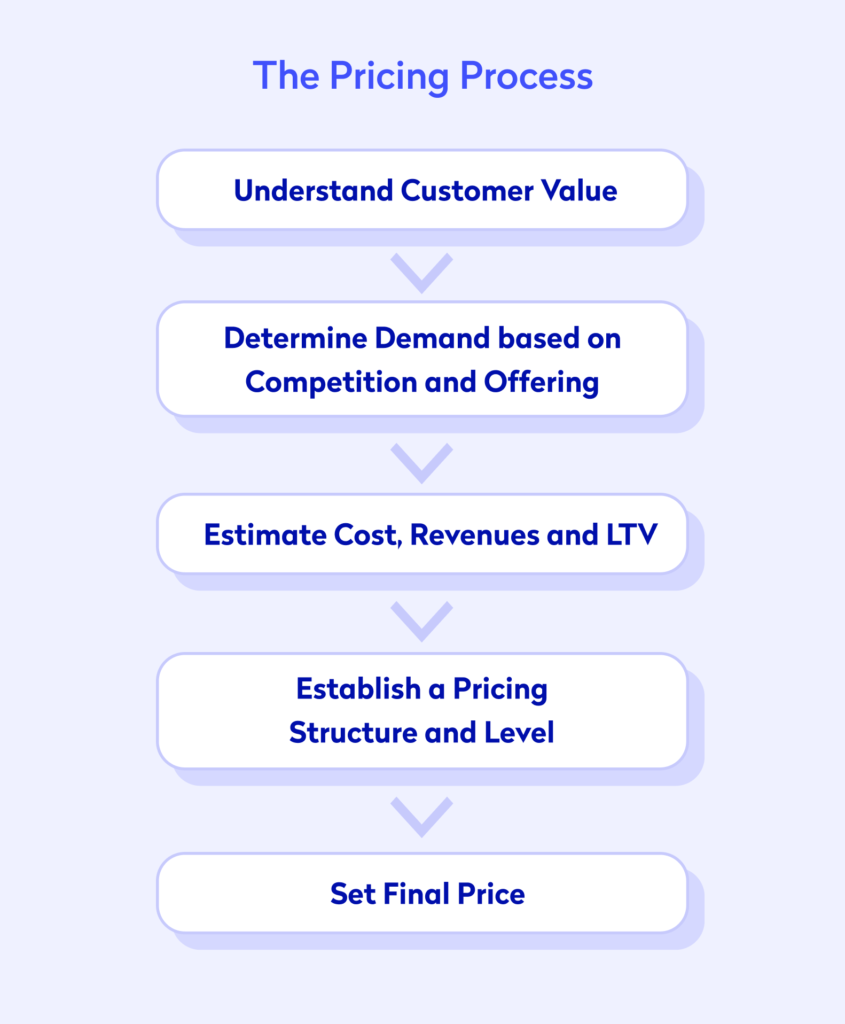
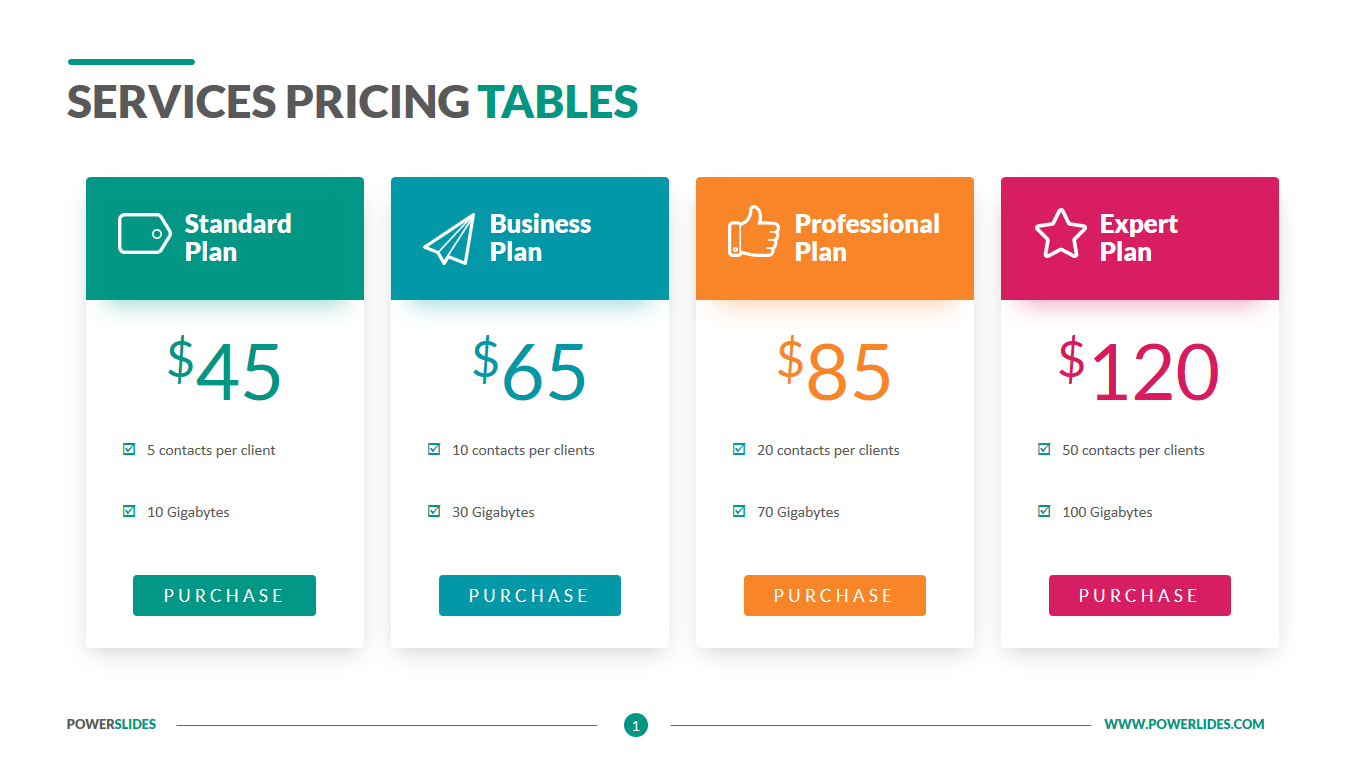
.jpg)


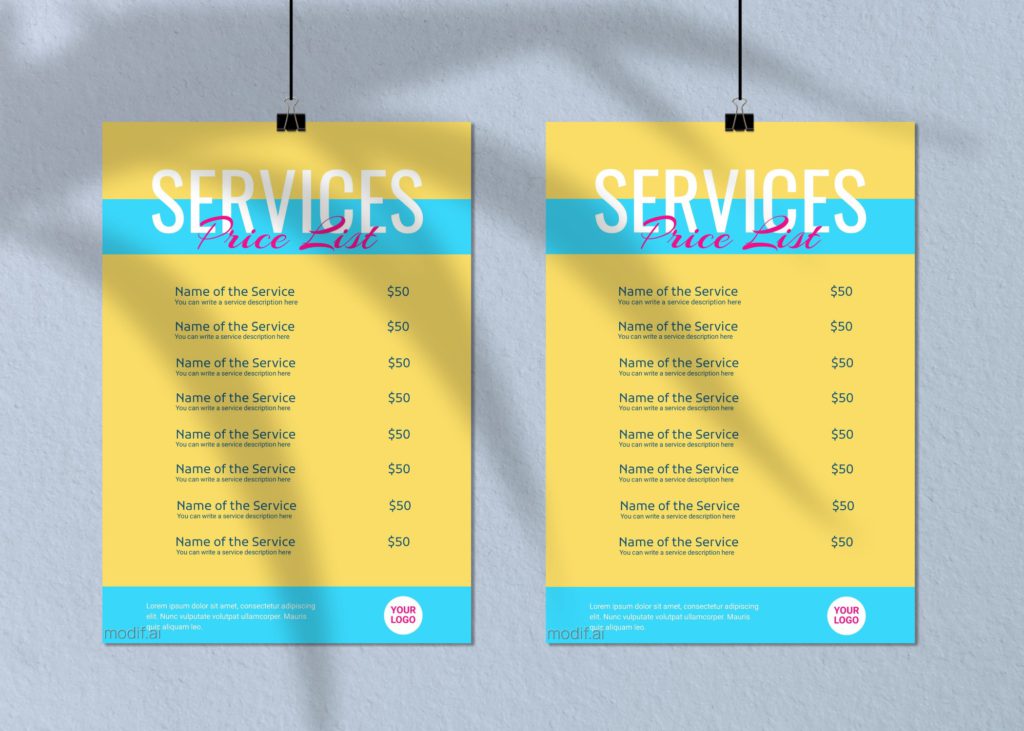
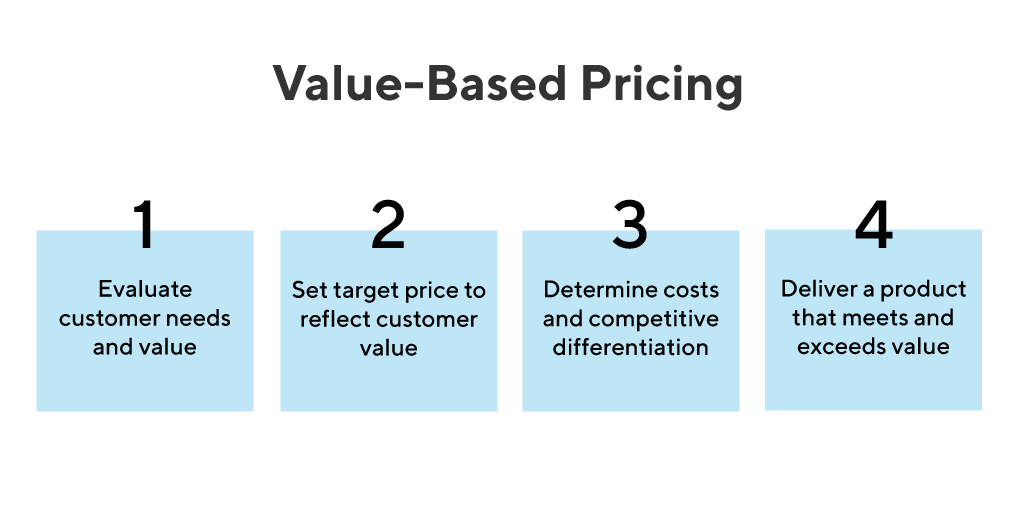
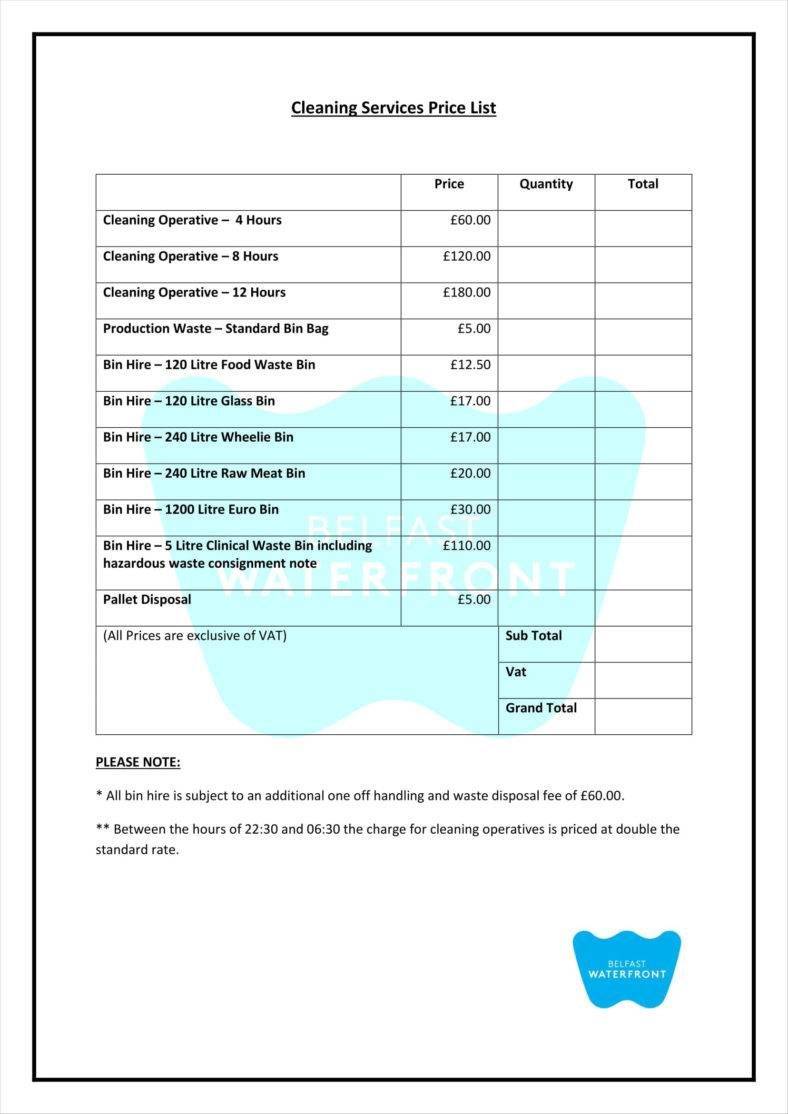






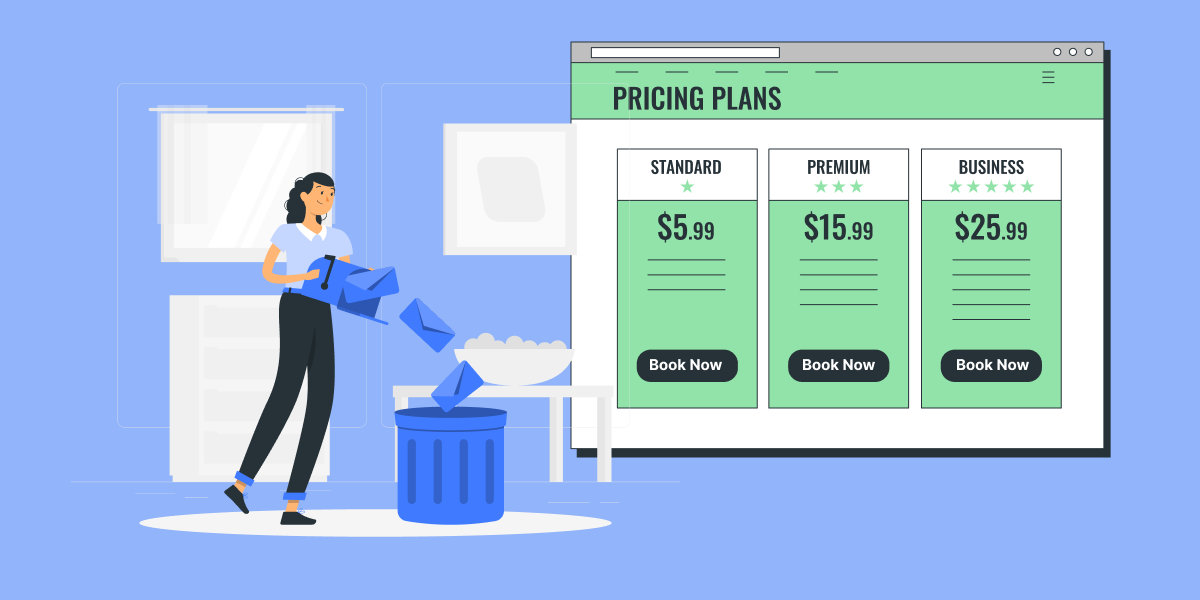
![How To Price Services For A Business How to write a pricing proposal [+free template]](https://assets-global.website-files.com/6060fb3be1af7a5e695c33bd/642202578dff64b9f460176e_pricing-table-proposal.png)

